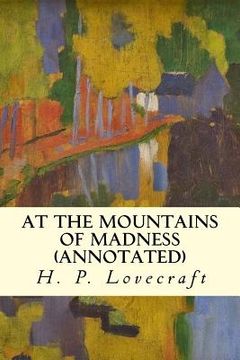Howard Phillips Lovecraft (Providence, 20 de agosto de 1890-Providence, 15 de marzo de 1937) más conocido como H. P. Lovecraft, fue un escritor estadounidense, autor de relatos y novelas de terror y ciencia ficción.
Se le considera un gran innovador del cuento de terror, al que aportó una mitología propia —los Mitos de Cthulhu—, desarrollada en colaboración con otros autores, actualmente en vigencia.
Su obra constituye un clásico del horror cósmico, una línea narrativa que se aparta de las tradicionales historias de terror sobrenatural —satanismo, fantasmas—, incluyendo elementos de ciencia ficción como, por ejemplo, razas alienígenas, viajes en el tiempo o existencia de otras dimensiones.
Ver más
Ver menos

